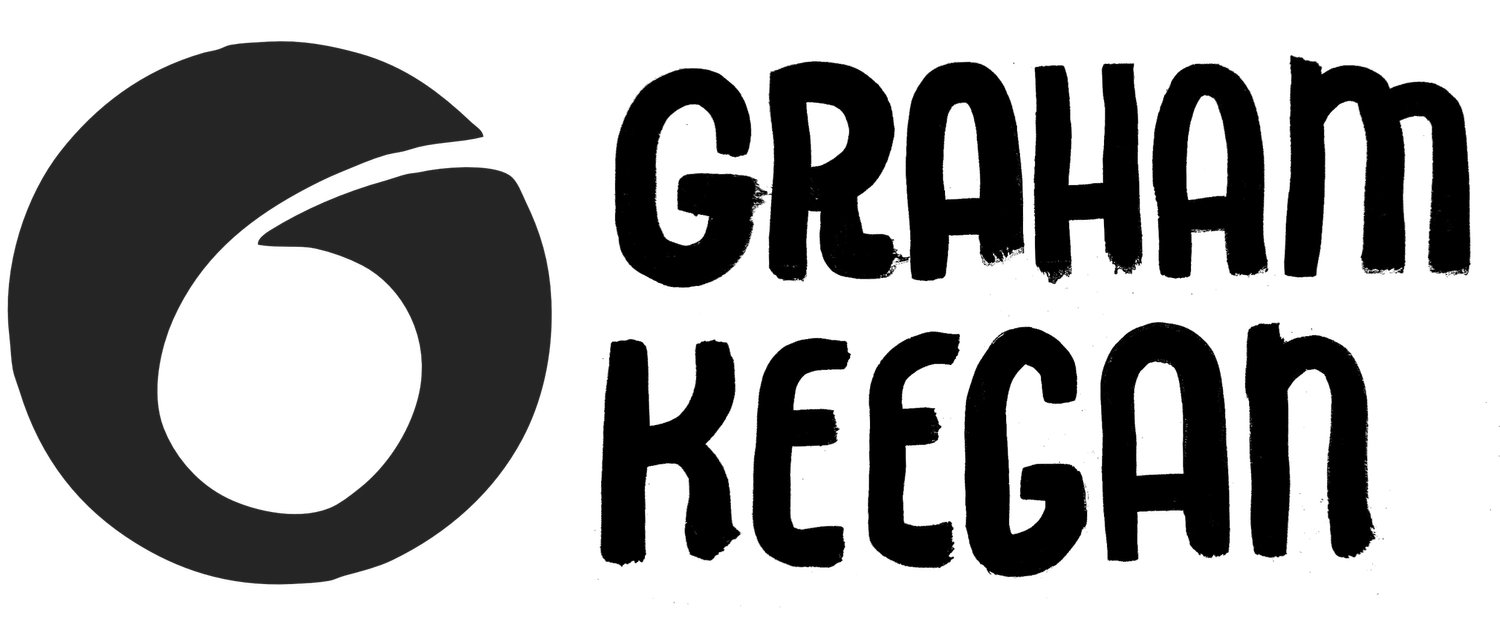Reviving a spoiled or 'oxidized' indigo dye vat
Q: I tried your kit as a newbie and I definitely made mistakes... I didn't rinse between the dips, and I was ringing the pieces out into the vat as I took them out. I'm pretty sure I oxidized the vat and ended up with some anemic pieces. After only 3 dips, nothing was dyeing anymore, they were not getting any darker. I ran out of time and gave up, but I kept the vat and closed it with an air-tight lid in a bucket.
My question is, can I rejuvenate these vats after they've been sitting for a couple of weeks? I wasn't sure if time would break it down to be useless, or if I can rescue the indigo that's still in there?
I thought I would start with a fresh vat, but after reading your tips... maybe I can still use what I have and try to get the pieces darker?
A: Yes, you can definitely rejuvenate the vat! I go more in depth about the process of sharpening here : www.grahamkeegan.com/indigo-vat-basics but in short, there are two main ways to sharpen your vat.
First, I would simply try heating your vat. If you used a pot or steel container (or can transfer the contents of your vat into one) you can heat the contents up to about 130° Fahrenheit and hold the temperature there for a half hour or so, stirring every five minutes. If you still have residual indigo, ferrous sulfate and lime in your sediment, the vat should soon form a purple coppery skin and the sediment may lighten up in color from a dull gray to a rich green. Stir your vat, cut the heat and allow the sediment to settle out before attempting to dye again.
Second, add more iron and lime. Those two ingredients are what activate the indigo in the vat and it sounds like you haven’t actually exhausted all the color from the vat, you’ve just inactivated the indigo by recombining oxygen with the dye liquor. To sharpen a 5 gallon vat, add 50g iron and 75g slaked lime into a quart of boiling water, immersion blend (ideally), or mix thoroughly. Once the ingredients are fully incorporated (and will appear as a grey/green slurry) add that to the inactive vat and stir to fully mix it in. Let the vat sit overnight, stirring every few hours (or when you remember to). The sediment in the vat should change from a dark gray green to a lighter forest or grass green and the bubbles on the top of the vat will have a purple coppery skin. The liquid of the vat itself will be anywhere between russet, yellow to green colored when it is ready to dye.
